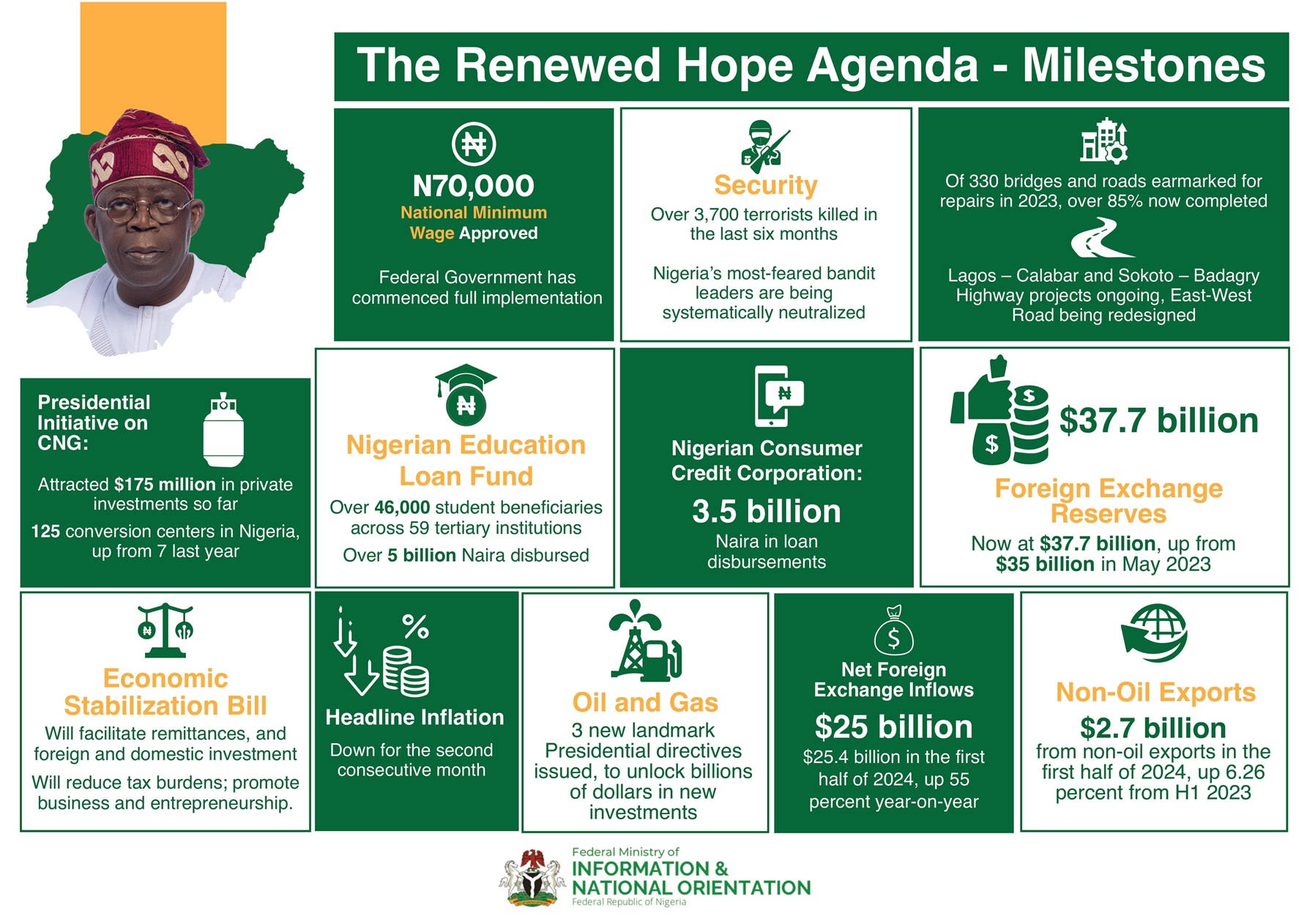US shale won’t be the only beneficiary of higher oil prices if the commitment of OPEC and its Russia-led allies to extend their oil production cuts into March 2020 manages to draw down excess global inventories and prop up prices.
The UK North Sea as well could profit, as higher Brent Crude prices, possibly returning above $70 a barrel, could yield more cashflow to operators and the supply chain, industry experts told Energy Voice. Yet, they warned that containing costs as much as possible would be crucial to the North Sea remaining competitive in new investments with other, more attractive, oil and gas basins in the world.
Although OPEC’s decision to roll over the cuts was widely expected, the nine-month extension to the end of March 2020—instead of the original idea to roll over until the end of 2019—suggests that the cartel is concerned that demand will weaken, while non-OPEC supply, especially U.S. production, will grow at a robust pace.
OPEC’s extension was largely factored into the market ahead of time, but a further price upside could come from a possible resolution of the trade dispute between the U.S. and China, which could remove a key uncertainty over global economic and oil demand outlooks.
It’s nearly impossible to forecast where oil prices will be—even in the short term—in view of the tense geopolitical picture, but the North Sea oil industry would profit in the short term if Brent prices returned in the $70-80 range, Marc Gronwald, senior lecturer in energy economics at Aberdeen University, told Energy Voice. If the industry wants to avoid the next bust cycle, and if they want to keep skittish investors who have just jumped back into the game by throwing cash at North Sea assets, the industry shouldn’t let costs run out of control with higher prices, even though cost inflation looks “unavoidable”, according to Gronwald.
UK North Sea operators could potentially get US$348 million (£275 million) a year for very $1-rise in oil prices, Paul de Leeuw, director of Robert Gordon University’s Oil and Gas Institute, told Energy Voice. Yet, he cautioned that the industry needs to pull off a careful balancing act between keeping costs down on the one hand, and ensuring wide enough margins for supply chain contractors, on the other.
Production and operating costs of oil and gas field operators in the UK North Sea increased by about 2 percent in 2017, the UK Oil and Gas Authority (OGA) said in a report in October 2018. Still, total operating expenditure of North Sea oil and gas companies was still 28 percent lower than costs in 2014 before oil prices collapsed.
Earlier this year, the OGA said that oil production in the UK rose by 8.9 percent on the year to 1.09 million bpd in 2018—the highest UK oil production rate since 2011.
Despite this production increase, the UK North Sea needs to attract a steady stream of investment if it wants to keep production and the supply chain from collapsing, industry association Oil & Gas UK said in its key Business Outlook 2019 report this year. Total capital investment has dropped by two thirds since 2014, but Oil & Gas UK sees investment stabilizing this year and next, with a potential for a slight increase this year.
The UK North Sea would need around US$253 billion (£200 billion) in investment between 2019 and 2035 in order “to add a generation of productive life to the basin,” the association said.
But the area needs to ensure that it is as competitive as possible in order to attract investment at a time in which U.S. shale is attracting “the majority of available capital,” according to Oil & Gas UK.
While European supermajors Shell, BP, and Total continue to view the UK North Sea as one of their core assets and production growth areas, U.S. majors have been selling North Sea stakes as many of them are now focused on U.S. shale.
Marathon Oil said in February that it would be exiting the UK North Sea as it continues to focus on high-return U.S. shale oil operations.
In April, ConocoPhillips sold its UK oil and gas business to Chrysaor Holdings for US$2.675 billion in a deal which Wood Mackenzie described as “another story of the changing corporate landscape in the North Sea – for the first time, a non major is the number one producer in the UK.”
Chevron sold in May its North Sea assets—except for a non-operated stake in the Clair field—for US$2 billion to Ithaca Energy, which now becomes the UK’s fifth-largest producer.
The line-up of operators in the UK North Sea may be changing, but industry experts say that operators shouldn’t be tempted to let costs run wild even if Brent returns in the $70-80 range.
- By Tsvetana Paraskova for Oilprice.com, July 2, 2019

